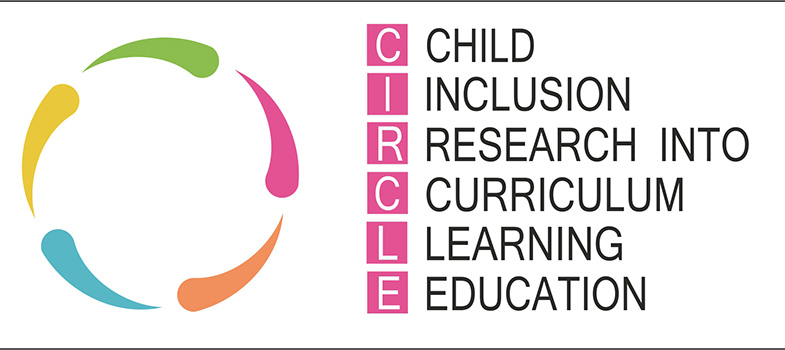4.2 The CIRCLE Participation Scale
The learner’s participation in the life of the school is the focus of this scale.
The CIRCLE Participation scale should only be used in conjunction with the accompanying information in the module ‘Inclusion in Practice: The CIRCLE Framework (Secondary).
The CIRCLE Participation scale should not be used in isolation from this guidance.
International Version (1.2) CIRCLE Collaboration© 2016 All rights reserved.
Using the CIRCLE Participation Scale (CPS)
Most learners progress well with good standard teaching practice within an inclusive classroom. However, some learners may require further support to enable them to participate fully in school life. Participation in school life is the focus of the CIRCLE Participation Scale. The CIRCLE Participation Scale (CPS) is a tool which has been designed specifically to assess and measure participation in school life.
Participation in school life
To participate in school life, learners must be able to, for example: attend school and move around the premises; communicate and work cooperatively with others; access and understand curricular material; follow school rules and routines; engage in school-related roles and responsibilities; and organise themselves to study and complete assigned tasks. Some learners require support to do this.
Learners’ participation is influenced by a combination of:
- Environmental factors (i.e. the physical environment, social environment including teacher’s classroom practice and structures and routines).
- Learner specific factors (i.e. their motivation and specific skills).
- Learner stress.
When learners are unable to participate in school, they tend to have poorer outcomes than their peers. The Circle Participation Scale (CPS) can support the challenging work of understanding how different aspects of the puzzle are impacting on a specific learner.
What is the CIRCLE Participation Scale?
The CIRCLE Participation Scale is a measure of a learner’s participation in school life. The Scale has been designed as an initial assessment to give an overview of a learner’s strengths and potential areas for development. It assesses the physical and social environment, structures and routines, motivation and skills in the following areas:
- attention and concentration
- organisation and planning
- motor
- social, emotional and relationship
- verbal and non-verbal communication.
The CIRCLE Participation Scale can be used by the teacher and the ‘team around the child’ as a baseline to record and measure progress, to inform planning and to exchange information.
Working through the CIRCLE Participation Scale will allow you to reflect on the impact of your classroom practice on the participation of individual learners.
Activity 12: Using the CIRCLE Participation Scale
Watch this film [Tip: hold Ctrl and click a link to open it in a new tab. (Hide tip)] in which a Lead Research Practitioner from Queen Margaret University describes the CIRCLE Participation Scale and how to use it. (film duration 2.27 minutes). A transcript of this film is available.
Reflective Task: Using the CIRCLE Participation Scale
Download and read the CIRCLE Participation Scale and the associated instructions on how to use it.
- Choose a learner who you think may need additional support and complete the scale.
- Reflect on what you have learned through completing the CIRCLE Participation Scale; use your Reflective Log to evidence your learning.
4.1 Identifying strengths and support needs
